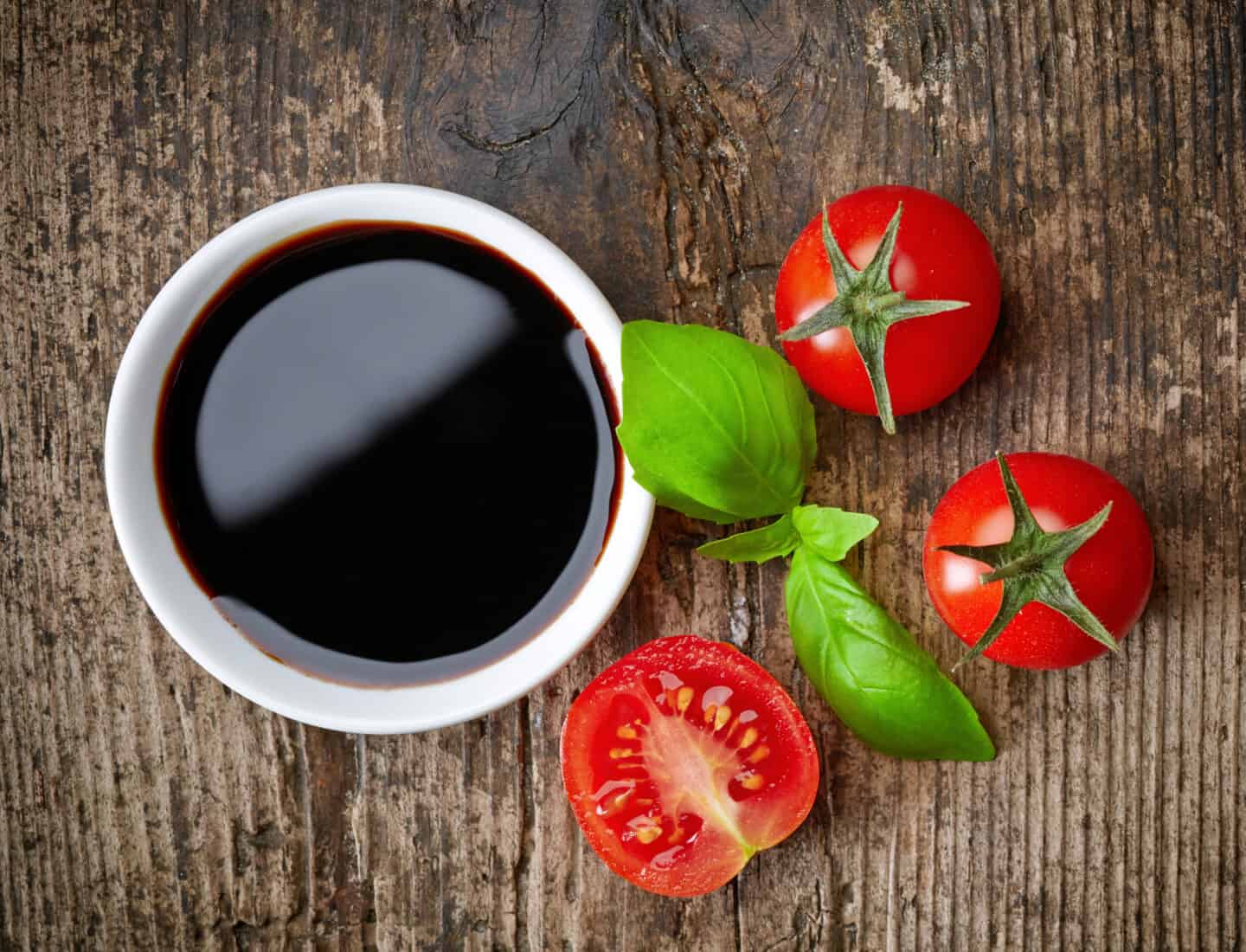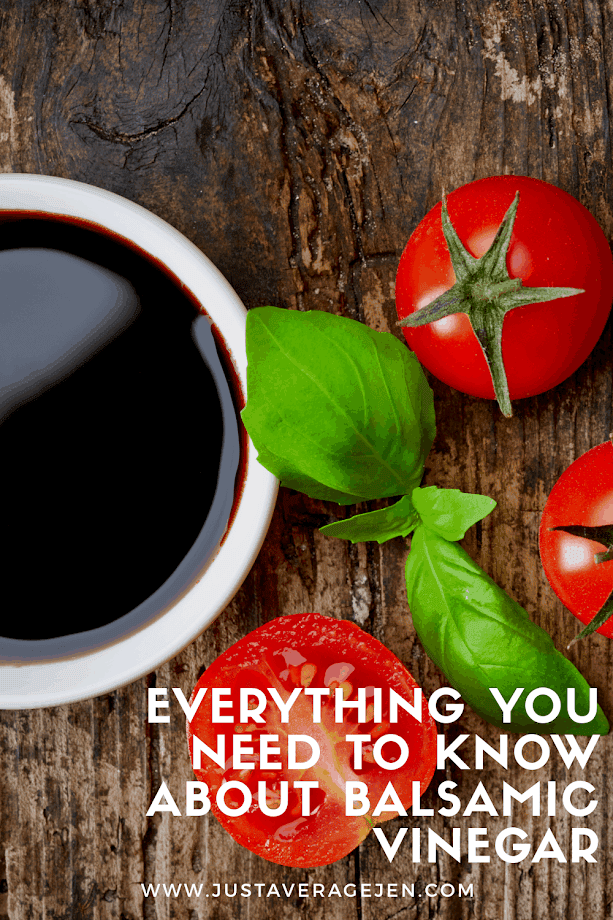Everything you need to know about balsamic vinegar
Balsamic vinegar is one of my favourite condiments, and I end up using it on nearly every salad I make. In this article, I’m going to run through what balsamic vinegar is, as well as how you can use it in your kitchen.

What is balsamic vinegar?
Balsamic vinegar is an artisanal ingredient that is made over the course of a long time and through a complex system, developed over a very long time throughout history.
True balsamic vinegar, which can be found by looking for a mark that says ‘tradizionale’ and/or ‘DOC’, is made in Modena, in Emilia Romagna, Italy. It is made by taking a certain batch of grapes and reducing them to must – a juice that includes the skin and pulp of the grape.
It is simmered to make a concentrate and then is allowed to ferment. After the fermentation period is over, the balsamic vinegar is aged for a minimum of twelve years in barrels of varying sizes.
The barrels themselves are made from different woods to impart different flavours. The resulting liquid, after this lengthy process, is very rich and syrupy – as well as being incredibly dark, almost black.
This true balsamic vinegar will be very expensive, however, you can get alternatives. The more affordable version is industrially made, and called ‘Aceto balsamico di Modena’.
This differs from true balsamic as it uses vinegar as well as grape must in the manufacturing process, and it isn’t aged for anywhere near as long. Because of these two factors, the end flavour is nowhere near as strong.
You can make your own balsamic vinegar too, have you ever tried?
How to use balsamic vinegar in your kitchen
First things first, make sure you get the real deal. Always look for the stamp that says either ‘tradizionale/DOC’ or ‘Aceto balsamico di Modena’. If you find something in the supermarket which claims to be balsamic vinegar, it is usually a much more basic vinegar that has been supplemented in both colour and flavour with caramel.
Those sauces are fine for salad dressings and glazes, though they won’t have the authentic taste of true balsamic.
Because of the powerful taste that this vinegar has, you need to make sure to use it sparingly. While connoisseurs employ the use of a pipette, that might be overkill if you’re just starting out. Instead, add a couple of drops of tradizionale to ripe strawberries or slices of good parmesan cheese.
It’s even delicious on a very good quality vanilla ice cream! This may sound odd, but for an idea of the flavour of balsamic, remember that imitators use caramel. This rich sweetness can pair really well with strawberries and ice cream.
If you’re using Aceto balsamico di Modena, it’s great when brushed over roasting chicken or duck breasts. Alternatively, sprinkle some over a salad, or stir it into a roast vegetable pasta sauce.
Balsamic has a flavour that isn’t quite like anything else, so it’s definitely worth picking up a little bottle and experimenting with it. The delicious, decadent flavour that it gives you is unparalleled, and a must-taste for any cook.
Other vinegar information you may find helpful
Everything you need to know about rice vinegar
White wine vinegar – everything you need to know about using it
For a tasty recipe using balsamic vinegar check out my Mediterranean vegetables in a balsamic tomato sauce
A tasty cranberry juice drink with apple cider vinegar
Other ingredients tips you may like
If you like to cook with different ingredients and find different ways of using them then here are a few other articles I think you might like.
- All you need to know about celeriac and how to use it
- Jackfruit – what is it and how to use it
- Cranberry juice – what are the benefits of it and how can you enjoy it
- Seaweed – an unusual ingredient you should consider
